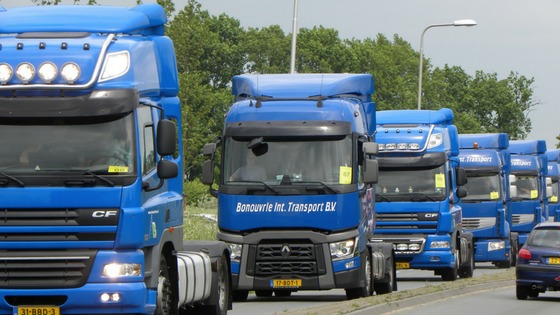Nobody can argue that a growing business is a good thing. Orders increase, profits go up and staff morale is likely to improve.
But, as a business making deliveries in your own vehicles, growth not only means more orders but more vehicles, more drivers and more complex runs.
This added layer of complexity, as businesses grow and get busier, makes keeping track of drivers and vehicles an increasingly daunting task.
The cost of labour and resources involved in manually managing and maintaining all the moving parts that come along with meeting the increased demand (like planning multiple routes; tracking drivers’ hours and licenses; and maintaining vehicle compliance and safety) can start to take a toll – not to mention the increased risk of human error as operations rapidly scale beyond capacity, and checks or reports are missed.
By implementing an electronic system for managing and keeping track of drivers and vehicles, you are able to improve efficiency, with records securely backed up, automated resource planning, and more informed decision-making.
How to efficiently manage vehicles and drivers as your business grows
Driver licences
Keeping a record of driver licence classes makes it easy to see at a glance which drivers are qualified to drive which vehicle classes, so you can efficiently assign drivers and vehicles to runs, directly in the planning screen.
Vehicle classes
Hand in hand with driver licence classes, tracking vehicle classes means that only appropriately qualified drivers are assigned to each class of vehicle.
Vehicle servicing & mot
Track and record vehicle service and MOT dates; receive notification prior to the date with time to arrange the service; remove vehicles scheduled for servicing from availability in the planning screen; and record photos and notes about service details in the Vehicle Management feature.
Daily safety checks & regular inspections
Ensure drivers complete their daily walkaround checks by halting them from setting off on their run until the check is complete, and schedule regular 6- or 12- week inspections. Issues can be found, reported and tracked through to resolution via the fleet maintenance screen. Need drivers to record first use, handover or other checks? These can also be configured and set up easily in Stream.
Resource planning & allocation
Using the information about available drivers, vehicles, and orders, routes can be quickly planned and optimised.
Efficiently managing drivers and vehicles is an essential part of logistics management, especially as business operations begin to scale.
STREAM can help you to manage the logistics process by streamlining driver and vehicle management to save resources whilst improving effectiveness and compliance.








